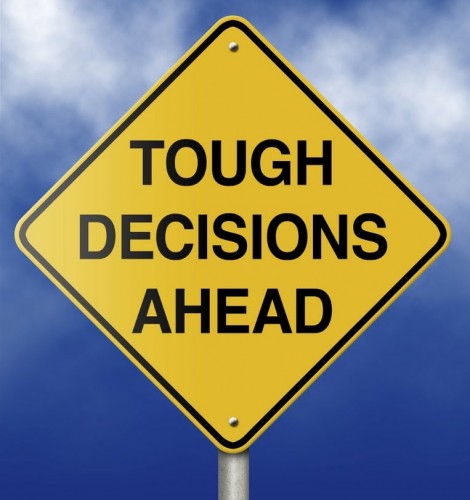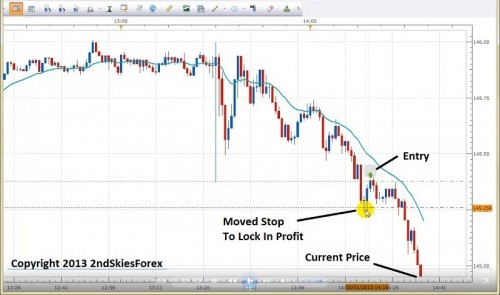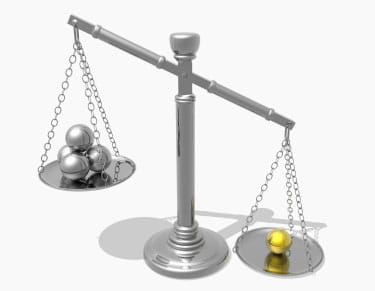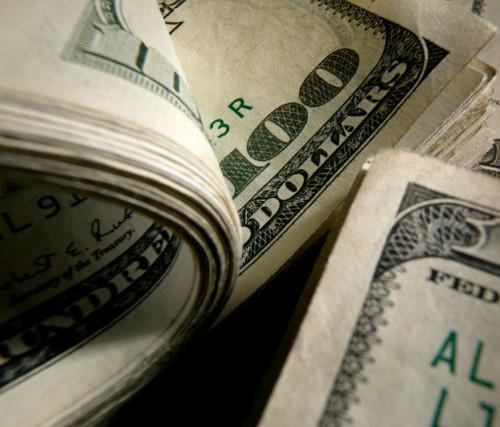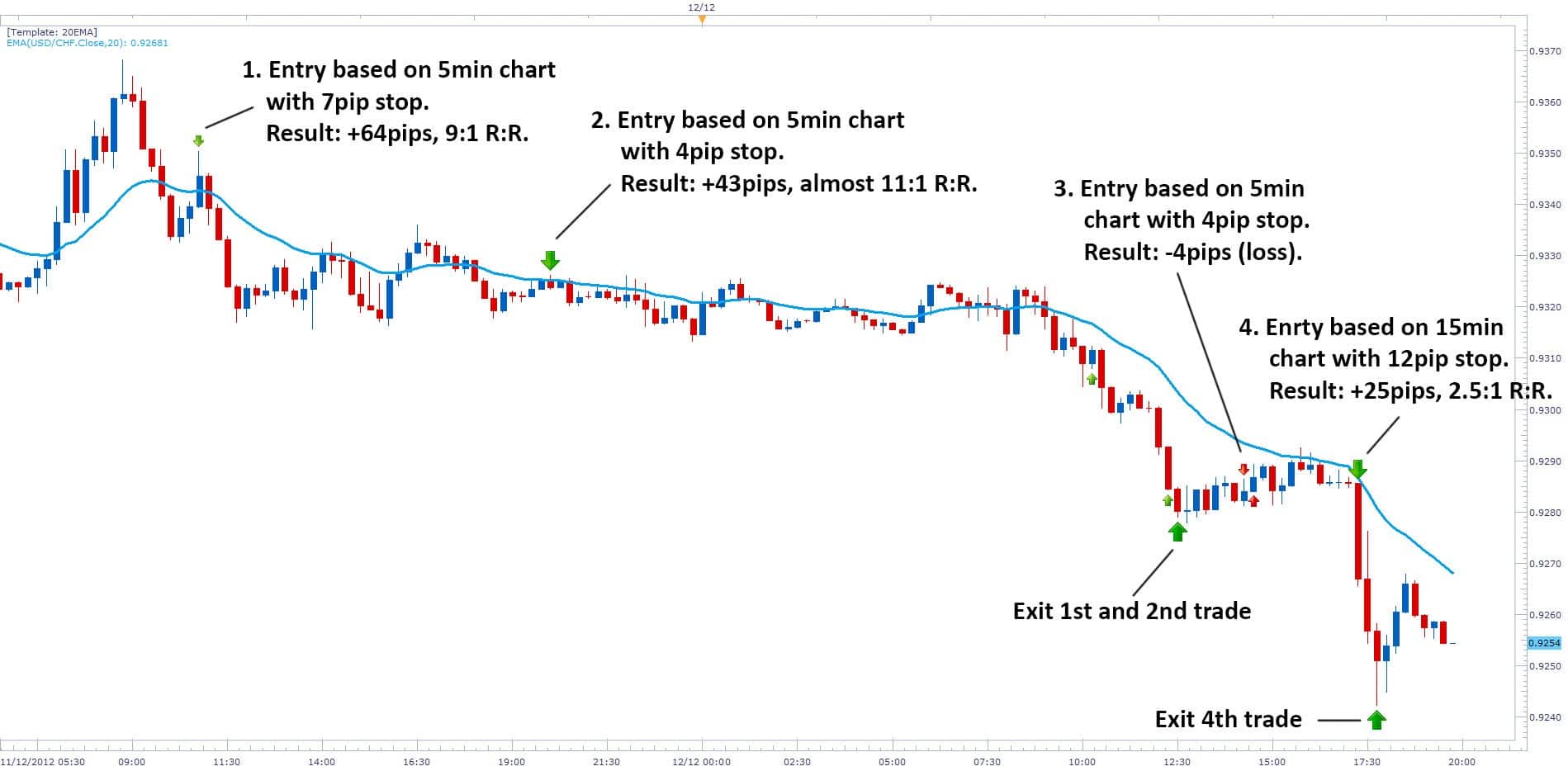Today I am going to give a lesson on how to find some of the best support and resistance levels in the market. If I had to say – I think there are three types which are the best support and resistance levels you could find. But it would take a long time to go into each type, what are the characteristics of each, what they mean from an order flow perspective, and how to trade each type.
So I am going to cover in today’s lesson, what are some of the most critical variables to look for when evaluating support and resistance levels. If you can learn to spot these levels, read the price action and key variables before the market reaches these levels, you will greatly enhance your trading, by finding better entries, knowing how the market is likely to react off a level, and how to increase the probability of your trades.
By first learning to read these key variables which I will list below, they will provide you with a lot of information in terms of;
-how the order flow is relating to them
-how these levels will improve the probability your trade or rule based price action system
-how you can trade these key levels
Note: I want to hear your feedback on this lesson, like what key points stood out for you, what you found useful, how you can apply this to your trading, or…even if you want to throw tomatoes at me, I want to hear your comments 🙂
I will start this lesson by talking about what are some key things to look for when evaluating support and resistance levels. I will then describe with some details how each variable informs you of the order flow behind the price action. Then I will go over some basic methods of how you can trade them. I will also give examples to demonstrate how these elements work, then end with a brief overview of what we covered.
Key Things To Evaluate Support and Resistance Levels
If I had to list what are the key things I use to evaluate support and resistance levels, it would be the following;
1) How price reacted to this level in the past (held, became a breakout – pullback level, bounced violently or timidly off of it)
2) How significant is it (lower time frame, higher time frame, held for how long?)
3) How is price reacting or responding to it now
4) What is the speed or impulsiveness price is approaching it now
5) What is the price action context prior to this level
All of these things communicate information to me about the uniqueness of this level, how the buyers/sellers reacted towards this level in the past, how likely they will respond to it in the future, and what they are most likely to do at this level.
Zones & Areas
It should be noted that I do not consider support and resistance levels to be lines in the sand, but more of a ‘zone‘ or ‘area‘. That means I do not consider a resistance level to be one price, but likely several pips on either side. This could be due to differences in price feed, server time, what other traders think of that level, and how they would play it.
A scalper will more likely get as tight to the level as possible, but scalping orders rarely are large in volume or market movers. However, a swing trader or large institution will likely be getting in at several levels, and the level you might be spotting may be one of them they are placing a large order at.
Because of this and all the different ways institutional players relate to these levels, support and resistance levels for me are zones or areas which could be anywhere from a few pips wide to 10+, maybe more depending upon the time frame the level relates to.
Obviously a level from a weekly time frame over years would have a little more play then an intraday level on the 1hr chart so take this into consideration.
What Each Variable Communicates
Although I could spend an entire treatise writing about all the things each variable above communicates, I will go over the key points here.
1) How Price Reacted To This Level In The Past – this is a big one as it tells me what the major players thought of this level. Was the pair highly over/under valued here and it produced a violent reaction in the past? If so, then the first time it comes back to this level, we can expect a strong reaction. Why?
If the reaction off a level was fast, that translates into heavy buying/selling with some large player initiating the rejection. This is followed by other players quickly rushing in to get as close to that price as possible, essentially chasing for the best price, but agreeing with the initial rejection. These levels are defended with a lot of money, and if price does not come back for some time because it traveled fast and furious off this level, then the next time it gets there (especially if it’s the first time back), expect a strong reaction.
Exhibit A – Gold Daily Chart
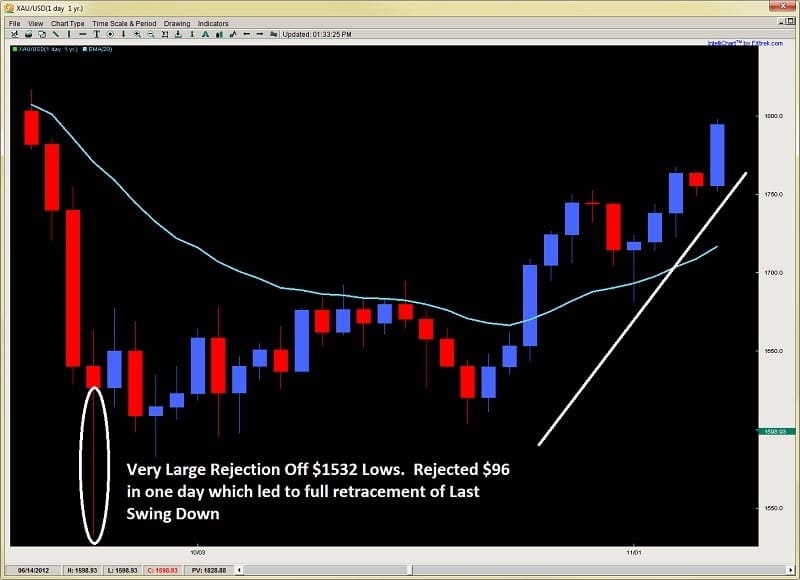
When gold sold off massively due to huge margin increases by the metals exchanges, it crumbled hard and everyone was wondering where the bottom was. It found it eventually at $1532 where in one day, it opened at $1640, jumped up $23, dropped $130, then bounced $96 from the lows which was quite an amazing rejection inside one day. This is a violent reaction, so traders were definitely taking notice of it the next time it approached this level. Can you guess what happened when it got there again?
Second Approach Gold Chart
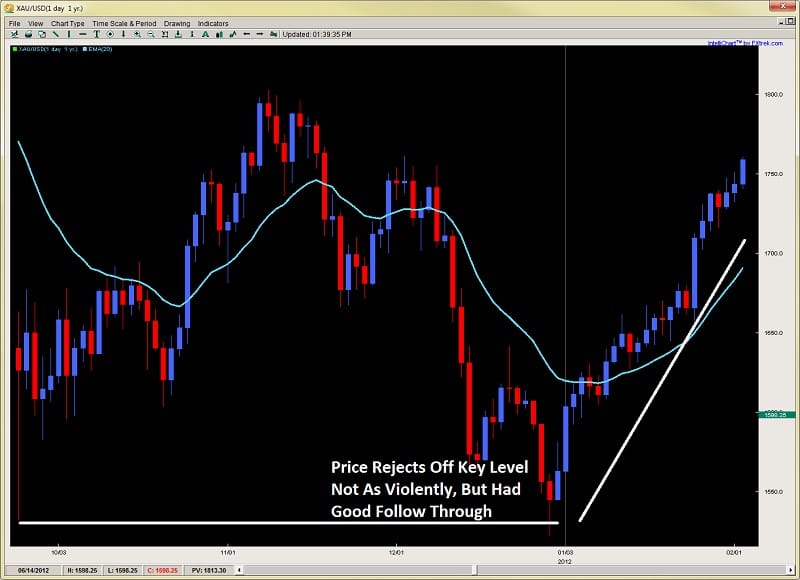
As you can see, price held this level with a tiny breach, then bounced the next 4 days in a row, suggesting strong follow up buying on this rejection. The first time back usually is a slightly lesser bounce since many know of the level, and thus less traders are trapped (or surprised) from a violent rejection the first time around. But usually, this level will hold.
Remember, this is one scenario of how price has related to it in the past. All the other types of reactions communicate a different story.
2) How Significant Is It (lower time frame, higher time frame, etc) – this really has to do with time as all support and resistance levels have what I call a ‘time degradation‘ to them. Simply put, traders have a memory, but they are more inclined to take recent information as more valuable then information a while ago, especially if they are short term traders. Generally, higher time frame levels will dominate and last longer than lower time frame levels. Also, when possible, I’m more interested in drawing levels that are more likely to maintain the trend as that is the more probable scenario. I particularly relate to these when reading the impulsive vs. corrective moves in the market.
For more information about understanding impulsive vs. corrective moves, make sure to watch the video here.
But once you have established the trend according to the impulsive vs. corrective series, look for breakout pullback level where the trend continued, or major swing highs/lows where the trend paused and pulled back to. These will often present great opportunities to get in with trend.
3) How Price is Reacting To It Now – Is price closing on a support level, and just sitting there, with smaller and smaller bounces off it? If so, a breakout through the level is more likely as there is no strong buyers able to push back, and the sellers continue to squeeze them out of the market. Was there a strong pin bar reversal off this level? If so, it could be telling you it will likely hold on a second attempt and start a reversal, hence look for an entry close to the level. How price reacts to the level in the moment can tell you if it’s likely to hold or not, but this analysis should be done before it reaches the level.
Often times the market will demonstrate a price action reversal signal at these levels. Keep in mind, this is the ‘effect‘ of how players responded to the level, not the cause. Order flow was the initial cause, and the level was the location. Everything else was a response to the initial reaction off this level. Hence these price action triggers are often ‘secondary entries’ (or sub-optimal) regarding the level. Sometimes a price action trigger, say a pin bar on a 4hr chart can be an engulfing or piercing bar on a 1hr chart. So sometimes it helps to look at a lower time frame to see what the more micro responses off this level are, or what the price action context was leading up to it.
But no matter what, there will always be clues as to what the major players are doing at this level, and what the more likely scenario is. Look for impulsiveness (strength) off the level, or weakness (corrective price action) off this level for initial clues.
4) What Is The Speed Or Impulsiveness Price Is Approaching The Level – this will really tell you a great deal of information whether a level is likely to hold or not. If you are trading with trend, and with the move when it is approaching a level, how strong the move is heading into it, and what is the underlying characteristics behind the price action (speed, acceleration, etc), will tell you what is more probable.
If a level is an intraday level, or one from only a day ago, a really impulsive move is likely to break through it. If it’s a daily low or high, or a level that held for a week or longer, it will have a better chance of holding. Think of it like a moving object. Consider the size of the object in relationship to what the obstacle in its way is. Normally, force x acceleration (& mass) will tell us whether the obstacle ahead will cave or not. Unfortunately, we do not have exact information about the orders at a level, such as the number and size of them which would equate to mass and volume of the object. Level 2 quotes would help in this fashion, but if you don’t have that, then what?
Why not use the other principles above, such as;
-how did price react there in the past
-how significant is it
-how is price reacting to it on first touch
Weigh those against the force, or impulsiveness of the move, and you’ll be able to get a better idea.
A good example would be the following chart below of the AUD/USD on the daily time frame
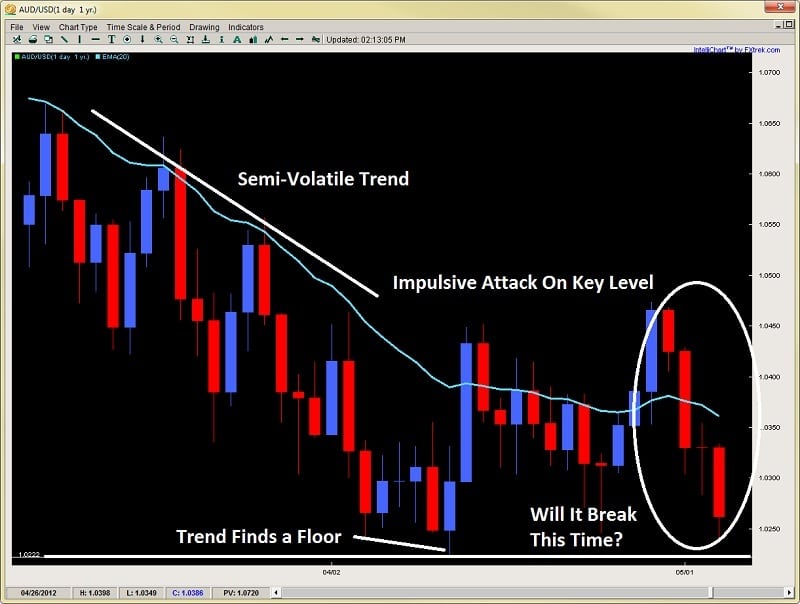
Price approaches the level with some volatility, as there are solid moves on both sides of the fence with bears maintaining control on the way down. Price bounces off the level with a piercing pattern and then a second attempt forming a pin bar reversal. But then after a small retrace, price attacks the level with vigor, selling off 4 days in a row, taking out the last 13 days gains. Does this resonate strength to you? Do you think it will break? See the chart below
Exhibit B
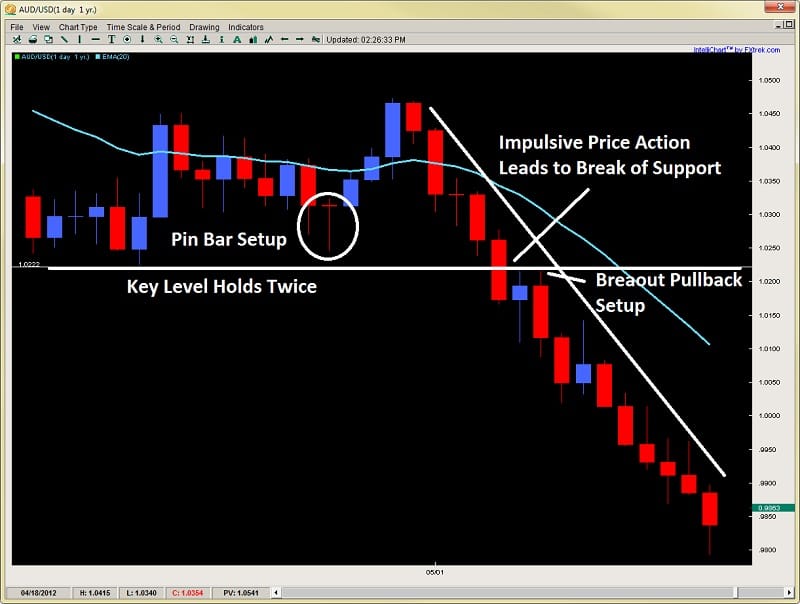
As you can see, price was exhibiting a lot of strength and impulsiveness heading into the support level. There were definitely some clues ahead of time this was going to break. Such as how price barely lifted off the level each time, and attacked it twice without ever gaining much ground to the upside.
Keep in mind, the trend was already down leading up to it, so with trend traders used these pullbacks to get back in the trend. The last time they said enough is enough, and went to take out the barriers at this level. The buyers at the support level likely exhausted themselves on the first two rejections which failed to gain traction.
Putting all these components together would have communicated a breakout was likely, which would have helped your current short, or give you a second opportunity to get back in on a textbook breakout pullback setup for a high probability-low risk trade.
In Summary
So there you have a few key variables to look for in finding the best support and resistance levels. Remember, price action patterns form at these levels and are the ‘effect‘, not the cause of the move. They do communicate information to us as traders, what we are looking for is the price action context before we reach these key support and resistance levels. Hence, it is these key levels where orders are being placed first.
Thus, by learning how to read the price action and the key variables I listed above, you can greatly improve your ability to spot good setups, improve your entries, placing trades where weak players are getting in, and the stronger players are looking to enter.
Please make sure to comment below, and click on the like buttons to share this article 🙂
For those wanting to learn to trade price action, get access to the traders forum, lifetime membership & more, visit my price action course page here.

